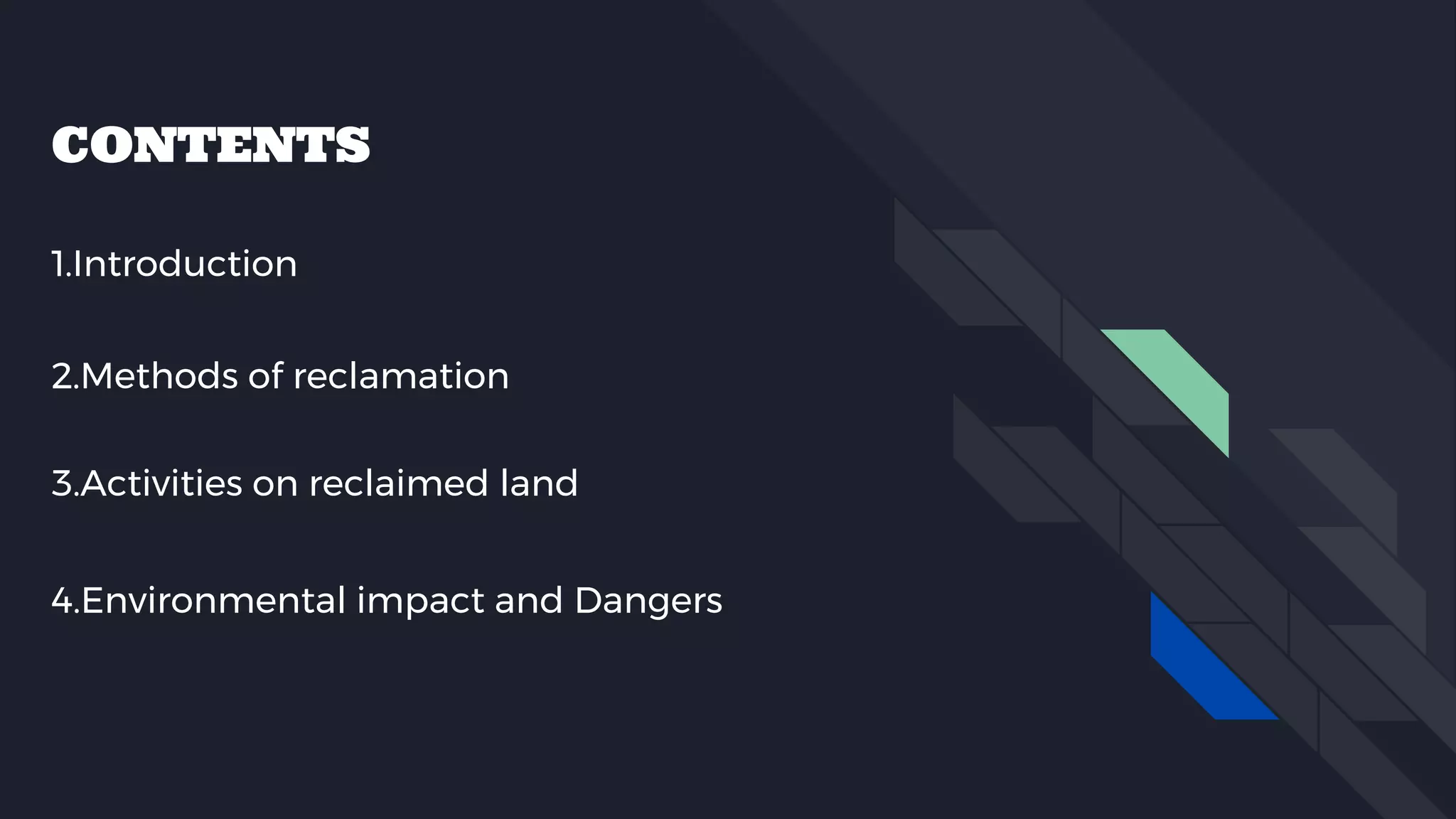
The Unfinished Business: Indigenous Land Claims and the Global Quest for Justice
In the vast tapestry of human history, few threads are as deeply woven with injustice, resilience, and the enduring quest for identity as the struggle for Indigenous land claims. From the Arctic expanses to the sun-baked deserts of Australia, the lush Amazon rainforests to the sprawling plains of North America, Indigenous peoples worldwide are asserting their ancestral rights to the lands that define their very existence. This isn’t merely a legal dispute over property; it is a profound movement for self-determination, cultural survival, economic justice, and ecological stewardship, challenging centuries of colonial dispossession and redefining the relationship between nations and their First Peoples.
The story begins with a historical injustice. European colonial expansion, driven by doctrines like terra nullius (land belonging to no one) and the Doctrine of Discovery, systematically dispossessed Indigenous populations of their territories. Treaties, often signed under duress or subsequently ignored, were frequently breached. Lands rich in resources, sacred sites, and the very foundation of Indigenous economies and cultures were unilaterally seized, leading to generations of poverty, cultural erosion, and systemic marginalization.
"For us, land is not just a commodity; it is our mother, our identity, our pharmacy, our school," explains a Dene elder from Northern Canada, echoing sentiments shared by Indigenous communities across the globe. "To lose our land is to lose ourselves. Our claims are not about acquiring something new, but about reclaiming what was always ours, what was stolen." This spiritual and cultural connection is paramount. Land is the repository of ancestral knowledge, the site of ceremonies, the source of traditional foods and medicines, and the physical link to generations past and future. Dispossession severs this link, leading to profound spiritual and social trauma.
The International Framework for Rights
In recent decades, the international community has increasingly recognized the legitimacy of Indigenous land claims. A pivotal moment came with the adoption of the United Nations Declaration on the Rights of Indigenous Peoples (UNDRIP) in 2007. While not a legally binding treaty, UNDRIP establishes a universal framework of minimum standards for the survival, dignity, and well-being of Indigenous peoples. Crucially, Articles 26, 27, and 28 explicitly affirm their rights to their traditional lands, territories, and resources, and the right to redress for lands taken without their free, prior, and informed consent (FPIC). FPIC, in particular, has become a cornerstone principle, demanding that Indigenous communities be consulted and agree to any development or resource extraction projects on their traditional territories.

However, translating these international principles into domestic law and practical reality remains a significant challenge. National governments, often balancing competing interests from resource industries, existing landholders, and the broader public, grapple with complex legal and political landscapes.
Case Studies in Contention and Progress
Across the globe, various approaches to land claims are being pursued, with varying degrees of success:
Canada: Canada, a country built on treaties, grapples with both historical and modern land claims. Historical treaties, often signed in the 18th and 19th centuries, frequently involved the surrender of vast tracts of land in exchange for reserves and other considerations. However, many were poorly implemented, misunderstood by Indigenous signatories, or simply ignored. "Specific claims" address these historical grievances, focusing on breaches of treaty, lawful obligations, or the mismanagement of Indigenous assets.
More recently, "modern treaties" or "comprehensive land claims agreements" have emerged, particularly in areas where treaties were never signed. These agreements are complex, often taking decades to negotiate, and typically involve the recognition of Aboriginal title, self-governance rights, financial compensation, and resource co-management. The Nisga’a Treaty (1998) in British Columbia is a landmark example, recognizing the Nisga’a Nation’s ownership of 2,000 square kilometers of land, along with significant self-governance powers and financial transfers.
Another pivotal Canadian case is the Tsilhqot’in Nation v. British Columbia (2014). In a historic ruling, the Supreme Court of Canada for the first time declared Aboriginal title over a specific tract of land, establishing that the Tsilhqot’in held exclusive rights to the land based on their historical and continuous use and occupation. This decision provided a clearer definition of Aboriginal title and set a higher bar for governments and corporations seeking to infringe upon it, requiring them to demonstrate a compelling public interest and fulfill their duty to consult and accommodate Indigenous interests.
Australia: In Australia, the legal concept of terra nullius – that the land belonged to no one before European settlement – was a foundational myth of colonization. This fiction was finally overturned in the landmark Mabo v. Queensland (No. 2) (1992) High Court decision. Eddie Mabo, a Meriam man, successfully argued for the recognition of native title to his ancestral lands on Mer (Murray) Island in the Torres Strait. This ruling acknowledged that Indigenous Australians had a pre-existing system of law and land ownership that survived colonization.
The Mabo decision led to the Native Title Act 1993, which established a legal framework for Indigenous Australians to claim native title rights and interests over land and waters. However, the process is often complex, arduous, and costly, requiring claimants to prove continuous connection to their traditional lands since sovereignty. Many claims face opposition from pastoralists, miners, and state governments. Despite its challenges, Native Title has led to the recognition of rights over vast areas, empowering communities to manage their traditional lands, negotiate with developers, and protect sacred sites.
United States: In the United States, the concept of Indian Country and tribal sovereignty has a long and complex history, largely defined by treaties, federal statutes, and Supreme Court decisions. While reservations were established to protect Indigenous lands, many were significantly diminished through policies like the Dawes Act (1887), which allotted communal lands to individual tribal members, opening up "surplus" lands to non-Native settlement.

Today, land claims in the U.S. often involve specific land returns, trust land acquisitions, or litigation over treaty violations. A recent significant example involves the Bears Ears National Monument in Utah. Originally designated by President Obama, the monument was significantly reduced by President Trump, only to be restored by President Biden. This case highlights the ongoing struggle for Indigenous co-management and protection of sacred sites within national conservation frameworks, with a coalition of five tribes actively advocating for their ancestral connections to the landscape.
Scandinavia (Sámi People): The Sámi, the Indigenous people of Northern Europe (Sápmi), spanning Norway, Sweden, Finland, and Russia, have a unique approach to land and resource rights. While not traditionally based on formal land claims in the same way as settler colonial contexts, the Sámi have focused on asserting rights through self-governance, particularly through elected Sámi Parliaments. These parliaments advocate for Sámi interests, including traditional land use (reindeer herding, fishing, hunting), language, and culture. There’s an ongoing push for greater recognition of collective land rights and co-management of resources, particularly in relation to mining and forestry, with varying degrees of success across the four countries.
The Challenges and the Path Forward
The path to resolving Indigenous land claims is fraught with challenges. Proving continuous traditional use and occupation, especially after centuries of displacement, can be an immense burden. The costs of litigation are astronomical, often pitting under-resourced Indigenous communities against well-funded governments and corporations. Political will can waver, and the process is inherently slow, leading to intergenerational frustration.
Economic development also presents a complex dynamic. While Indigenous communities seek to leverage their land rights for economic prosperity, this often brings them into direct conflict with powerful resource industries. The concept of "reconciliation" has emerged as a guiding principle in many nations, acknowledging the historical wrongs and committing to building a more equitable future. Resolving land claims is a crucial pillar of this reconciliation, providing not only justice but also economic certainty for all parties.
When land claims are resolved, the benefits extend far beyond Indigenous communities. They bring legal clarity to land ownership, reducing uncertainty for investors and governments. They foster economic partnerships, as Indigenous communities become key players in resource development and land management, often bringing a long-term, sustainable perspective. Crucially, they heal historical wounds, allowing nations to move forward with a stronger moral foundation and a more inclusive sense of national identity.
"Resolving land claims isn’t about giving anything away; it’s about acknowledging justice and building a stronger future together," states a government official involved in negotiations in New Zealand. "When Indigenous peoples thrive on their lands, everyone benefits from their stewardship, their knowledge, and their vibrant cultures."
The global movement for Indigenous land claims is an unfinished business, a testament to the enduring spirit of Indigenous peoples and a critical test of modern nations’ commitment to justice, human rights, and genuine reconciliation. As the world confronts pressing issues like climate change and biodiversity loss, the traditional ecological knowledge and stewardship practices embedded in Indigenous land tenure systems offer invaluable lessons. The struggle for land claims is, therefore, not just a backward-looking quest for historical justice, but a forward-looking imperative for a more equitable, sustainable, and respectful world.

